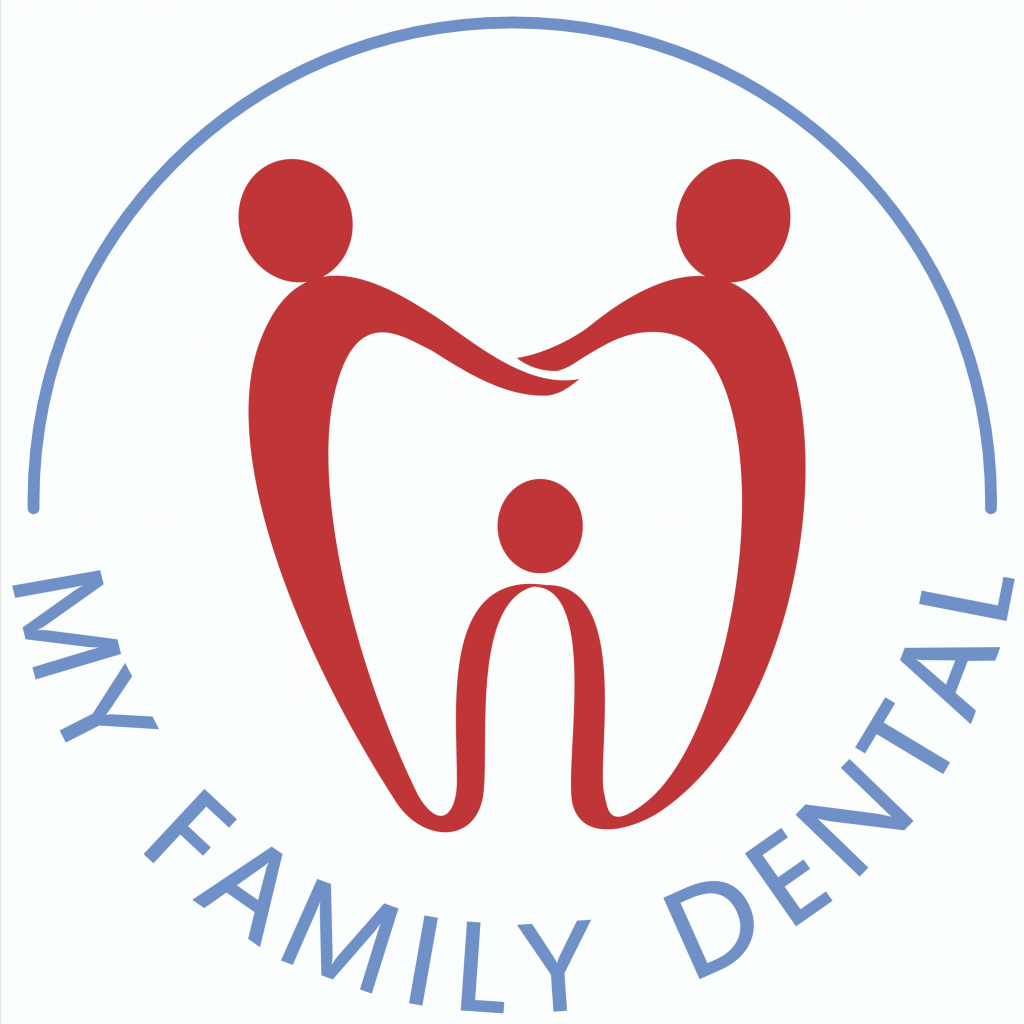Did you know that gum disease is a leading cause of tooth loss? While it’s nothing to smile about, the truth is periodontitis (aka gum disease) is actually very common in Australia. In fact a staggering 3 in every 10 adults have some form of it – from moderate cases through to severe. Starting as damage to the soft gum tissue, if left untreated, it can destroy the bone that supports your teeth which can lead to tooth loss. So, when it comes to gum disease, what are the early warning signs, causes and how to prevent it?
Thankfully there are many ways you can keep gum disease at bay but often people who don’t visit the dentist regularly may not even know they have early or late forms of it.
Here are the most important basics you need to be across.
THE EARLY WARNING SIGNS OF GUM DISEASE
Gum disease may develop painlessly without noticeable warning signs, even in late stages of the disease. However, the condition does have some noticeable symptoms to be aware of including:
· Inflammation of the gums including swelling and redness
· Bleeding and tender gums when you brush your teeth
· Bad breath or a bad taste in your mouth that doesn’t go away
· Sensitive teeth
· Pain when chewing food
· Loose teeth
· Gums that have pulled away from your teeth
· Changes in the way your teeth fit together when you bite
· Changes in the fit of partial dentures
CAUSES AND STAGES OF GUM DISEASE
The two most common types of gum disease are gingivitis and periodontitis which occur in stages. Gingivitis usually happens before periodontitis but not all gingivitis leads to periodontitis.
If your gums bleed when you floss or brush your teeth, it’s likely you have gingivitis, the milder form of gum disease (stage 1).
Gum disease is mostly caused by plaque which is a sticky invisible layer of germs that builds up naturally on the teeth and gums. The plaque irritates the gums causing them to bleed and if the plaque is not brushed off, over time it can harden and further aggravate the gums.
The hardened plaque is called tartar or calculus which starts to destroy gum tissue known as periodontitis which is the more advanced form of gum disease (stage 2). Tartar or calculus can only be removed by your dentist.
Advanced periodontitis is the last, irreversible stage of gum disease (stage 3) which destroys the fibres and bone supporting your teeth leading to your teeth moving, loosening, and sometimes requiring removal.
There are some other causes of gum disease:
· Hormonal changes can make gums more sensitive which makes it easier for gingivitis to develop
· Illnesses such as cancer, HIV and diabetes can affect the condition of your gums
· Medications that lessen your saliva which protect your teeth and gums
· Smoking which makes it harder for gum tissue to repair itself
· Poor oral hygiene including not brushing and flossing daily which makes it easier for gingivitis to develop
· Family history of dental disease can contribute to developing gingivitis
· Poor nutrition from lacking certain nutrients in your diet can make it more difficult for your gums to resist infection
· Stress causes your immune system to become worn down and the harmful bacteria take the opportunity to wreak havoc on your gums.
PREVENTING GUM DISEASE AT HOME
The good news is gum disease can usually be prevented at home with a daily routine.
Brush your teeth at least twice a day (morning and night) with a fluoride toothpaste and always brush your upper and lower teeth gently for at least two minutes. Make sure your toothbrush has soft, polished bristles which are less likely to irritate your gums.
Colgate recommends tilting the brush at a 45-degree angle against the gum line and rolling or sweeping the brush away. They also recommend brushing the inside, outside and surface area of each tooth using short back and forth strokes. Don’t forget to brush your tongue to remove any unwanted bacteria.
Using an antibacterial toothpaste and/or mouthwash morning and night helps to lessen plaque formation. Flossing once a day helps to remove any food remnants stuck between your teeth and under your gum line. Be sure to rinse your mouth well after flossing to get rid of any food particles and bacteria. You can also prevent gum disease by eating a healthy diet and reducing your sugar consumption which causes excess plaque. Quitting smoking is also crucial: smokers are seven times more likely to get gum disease compared with nonsmokers and smoking can lower your chances of successful treatment.
Attending regular dental checkups at least twice per year for routine care and cleaning to remove hardened plaque reduces your risk of developing gum disease and greatly improves your chances of successful treatment.
CAN GUM DISEASE BE CURED?
Gingivitis can be cured without permanent damage. Periodontitis can’t be cured, but it can be managed by slowing or ideally stopping the bone loss. Gingivitis that turns into periodontitis is harder to cure, usually there’s a widespread infection of the gums that needs treatment, this may take several dentist treatments.
Gum disease treatment options depend on the stage of the gum disease and range from nonsurgical ways to control bacterial growth to surgery to support the tissues. Your dentist will examine your teeth and may take x-rays, clean your teeth removing plaque and tartar and they may prescribe antibiotics or an antibacterial mouthwash.
GUM DISEASE EARLY WARNING SIGNS, CAUSES AND HOW TO PREVENT IT – THE NEXT STEP
Hopefully this has given you an insight into gum disease early warning signs, causes and how to prevent it. The next step is to see your dentist.
While you should visit a dentist regularly for check-ups, visit your dentist as soon as possible if you have swollen or bleeding gums or if your teeth feel loose. The sooner you see your dentist, the better chance you have of reversing damage from periodontitis. If you’re experiencing any gum disease symptoms or you’re due for a dental checkup, book in for your appointment today.
BOOK YOUR NEXT APPOINTMENT HERE
This article on gum disease early warning signs, causes and how to prevent it, is intended to promote understanding of and knowledge about general oral health topics and to help begin the conversation with your dentist. It should not be used as a substitute for professional advice, diagnosis or treatment. Always seek the advice of your health care professional prior to applying this information to your own personal circumstances.



